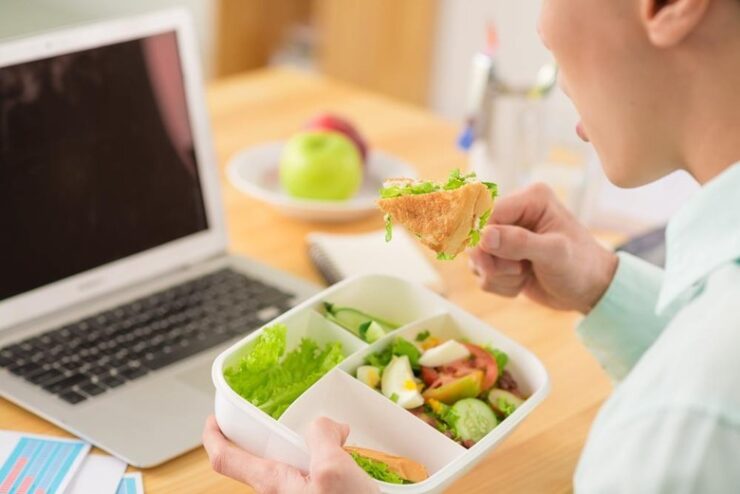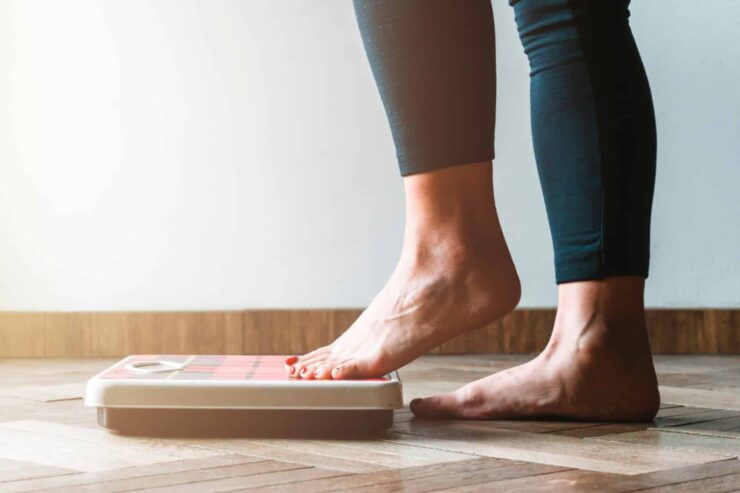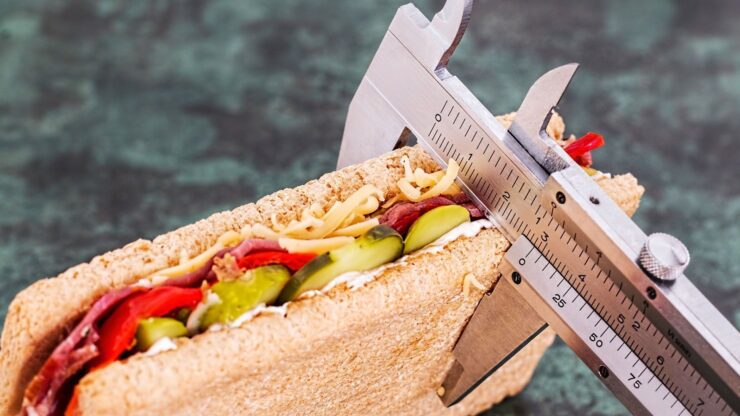Table of Contents
Most people keep recycling the same advice: eat less, move more, drink water. Let’s skip that. Some of the weirdest methods can bring real results—if you’re open-minded enough to try them. This article shows you unusual approaches that work. No magic pills, just things most people overlook or ignore.
Key Highlights
- Chewing everything 40 times can make your body lose weight faster.
- Turning the thermostat down burns fat without exercise.
- Smelling specific scents can stop cravings instantly.
- Unusual routines like eating with your non-dominant hand change portion control.
- Medical weight loss programs mix science with cutting-edge support.
- Light fasting after sauna sessions helps reset your metabolism.
Eat With the Wrong Hand

Sounds silly, but there’s real logic behind it. Using your non-dominant hand slows down the act of eating. You become more aware of how much you eat. Less automatic. More mindful.
You don’t overeat as easily when your coordination is slightly off. Meals take longer. That’s the trick. It gives your brain enough time to register fullness before you clean the plate. People who do this cut down their portions without even realizing it.
Try this at lunch. Not only will your eating pace drop, but your portion sizes may too.
Bonus Tip: Combine it with small utensils. Smaller fork = slower bites = faster results.
Take Your Weight Loss Into the Sauna

Heat therapy isn’t new, but using infrared saunas to stimulate metabolism is not something many consider. After a 40-minute infrared sauna session, your core temperature stays elevated. That means your body works overtime to cool itself down. The process burns extra calories without extra effort.
What makes this method more effective?
Pairing it with medical weight loss plans that include supervised therapies, injections like Semaglutide, and IV nutrients. You don’t have to do this alone. A great example is Pure Sweat Spa in Gilbert, AZ, where weight loss programs mix cutting-edge science with recovery tools. Their goal is not just slimming down but improving energy, detox, and vitality. It’s not about shortcuts. It’s about smarter help.
Stack sauna sessions with light fasting afterward. Don’t eat for 2 hours after. It deepens the fat-burning window.
Smell Before You Eat

Cravings often hijack your choices before the plate hits the table. But certain scents can interrupt the cycle. Smelling peppermint, green apple, or banana before meals reduces hunger levels. That’s not an opinion—that’s backed by several scent-based behavioral studies.
You don’t need to keep the actual food around. A few drops of essential oil on a cotton ball work.
Try this:
- Inhale peppermint oil deeply 5 minutes before meals.
- Wait 10 minutes.
- You’ll likely eat 15–20% less.
Your brain associates certain smells with fullness. It’s weird. But it works.
Talk to Yourself Out Loud
Not in your head—out loud. Say what you’re about to eat. Verbally. Name it. It sounds insane, but it triggers awareness. That simple verbal pattern forces a decision check.
“I’m eating chips right now.”
Suddenly, it’s not just snacking. It’s an action. When you speak it, you own it. That ownership reduces the habit loop.
Do this at home. Say it with every bite. If it starts feeling uncomfortable to announce junk food, good. That discomfort changes habits over time.
Freeze the Room

Lowering the thermostat to 66°F (19°C) for a few hours a day can boost your brown fat activity. Brown fat is different—it burns energy to create heat.
When your body gets cold, it moves into thermogenesis. No shivering required. Your metabolism gets a jolt as it tries to keep internal warmth. People who live in cooler homes have naturally lower body fat percentages.
How to use it:
- Keep your bedroom cold at night.
- Don’t pile on blankets.
- Let your body adjust to cooler sleep.
It’s a passive calorie burn that works while you rest.
Eat in Front of a Mirror
You won’t like seeing yourself eat junk. That’s the point.
Research shows people who watch themselves eat tend to consume less. A mirror reflects behavior back at you. It adds a layer of accountability without a coach or app. It’s subtle—but powerful.
Set a small mirror on your dining table. Don’t avoid eye contact. After a few meals, you’ll find it harder to eat heavy, greasy, processed food in front of yourself.
This trick won’t make sense until you try it.
Chew Each Bite 40 Times

Yes, 40. Not 10. Not 20. Chewing more breaks down food better. Your gut processes it faster. And it gives your brain time to send the “I’m full” signal.
Chewing also reduces insulin spikes. The slower you eat, the steadier your blood sugar. That means fewer cravings later. You also absorb more nutrients from food when it’s better digested.
It feels strange at first. It takes effort. But you’ll notice two things by day three:
- You eat less.
- You stay full longer.
Set a goal. Try 40 chews per bite during dinner. Count. Don’t guess.
Trick Your Vision
Use small plates. Not medium. Not fancy. Small.
We eat with our eyes first. Big plates make small portions look pathetic. Small plates make average meals feel abundant. That perception changes your hunger cue. People who downsize their plate size often cut 30% of their intake without knowing it.
You don’t need to overhaul your diet. Just change your visual strategy.
Tips:
- Use solid-colored plates, preferably blue. Blue suppresses appetite.
- Avoid patterns or red tones. They stimulate eating.
Use Cash for Snacks

Credit and food apps make binge-eating easy. Cash adds friction. If you force yourself to pay in bills or coins for snacks, the act becomes less automatic.
You pause. You consider.
Leave your cards behind on snack runs. Put a set amount of cash in your wallet for the week. When it’s gone, you stop.
It sounds outdated. But it resets your relationship with impulse eating.
Eat Alone—Sometimes
People eat more in groups. Social eating triggers longer meals, more talking, and second helpings. Try one solo meal a day. No distractions. No screens. Just food.
You stay tuned into portion size. You chew slower. And you feel full faster. You also notice how food tastes. That alone can kill a lot of overeating patterns built around boredom.
Rotate Your Eating Window
Instead of strict intermittent fasting schedules, rotate your eating windows. One day eat between 9am–5pm. Next day 12pm–8pm. Then 10am–6pm.
That irregularity keeps your metabolism alert. It stops your body from adapting and stalling. Routines can plateau your results. Shifting windows keeps fat burn active.
Don’t follow a fixed plan. Use flexible time zones.
Use Weighted Vests at Home

Wearing a weighted vest for a few hours a day—even during chores or short walks—increases calorie expenditure without intense exercise.
Your body works harder to carry the extra weight. And you’re not technically “exercising.” You’re just doing your regular tasks with added resistance.
Start with 5% of your body weight. Gradually increase. It forces micro-adjustments in posture, breathing, and balance—all of which raise your energy output.
Final Thoughts: Embrace the Odd
Results don’t always come from the obvious path. The body adapts fast. Traditional advice wears off. Weird works because it breaks patterns. That’s the advantage.
Try two or three of the ideas above. Don’t wait for perfection. Just pick one and go. Adjust weekly. Keep your body guessing.
The trick isn’t to follow trends. It’s to create an interruption. Change how you eat, move, react, or even breathe—and the scale follows.

